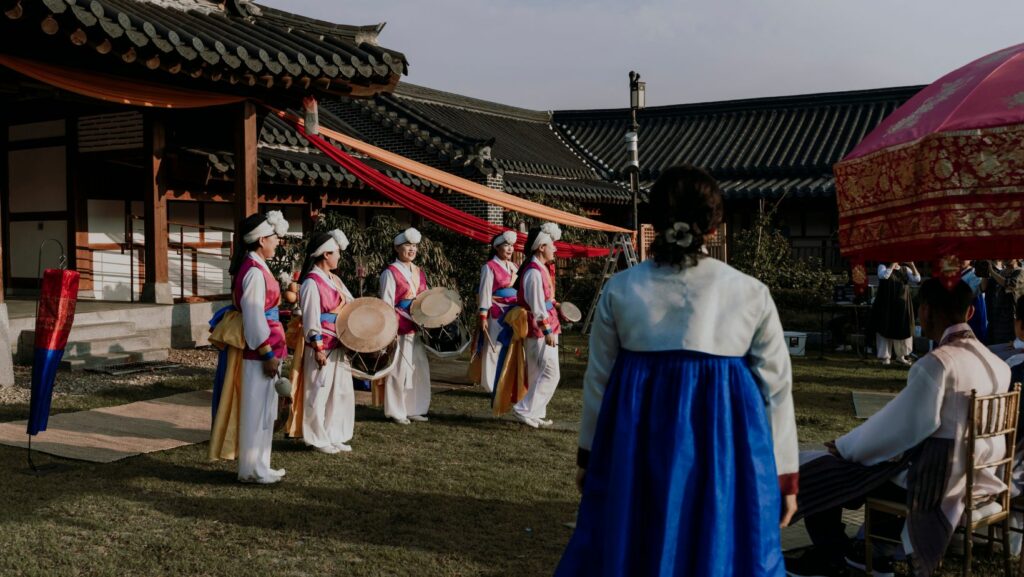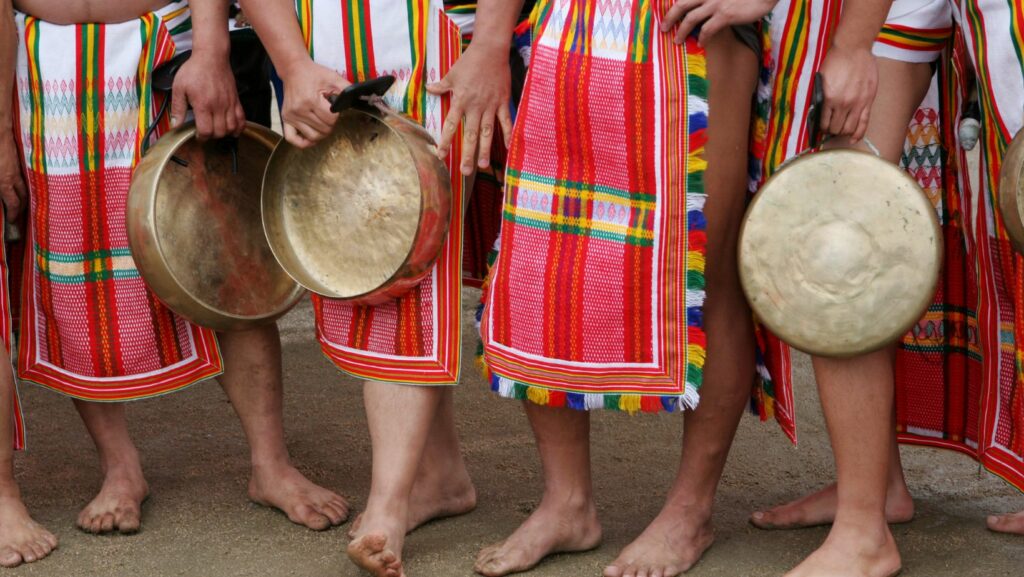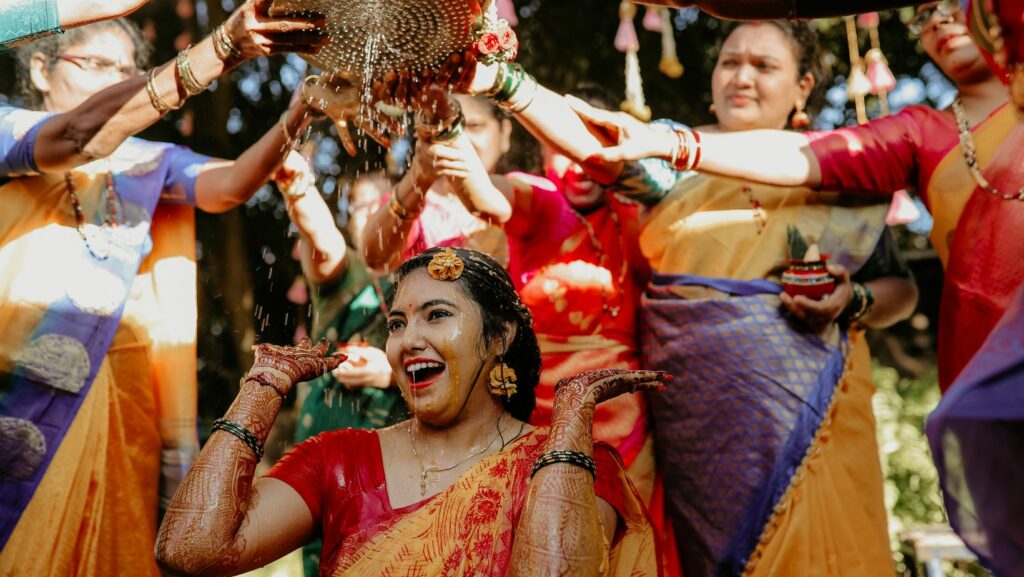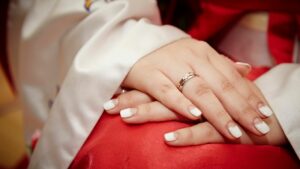 A Korean traditional wedding is a vibrant tapestry of rich history and cultural significance, offering a glimpse into the country’s timeless customs and values. These ceremonies are not just about the union of two individuals but a celebration that brings together families and communities. With rituals passed down through generations, each element of the wedding carries deep meaning and symbolism. From the elegant hanbok attire to the intricate paebaek ceremony, where the couple pays respect to their elders, every aspect of a Korean traditional wedding is thoughtfully designed. The vibrant colors, harmonious music, and heartfelt gestures create an atmosphere of joy and reverence. As modern influences seep into contemporary life, many couples still choose to honor these cherished traditions, blending the old with the new. Exploring Korean traditional weddings offers a fascinating insight into the cultural heritage that continues to shape modern Korean society. These ceremonies remain a testament to the enduring power of tradition and family bonds.
A Korean traditional wedding is a vibrant tapestry of rich history and cultural significance, offering a glimpse into the country’s timeless customs and values. These ceremonies are not just about the union of two individuals but a celebration that brings together families and communities. With rituals passed down through generations, each element of the wedding carries deep meaning and symbolism. From the elegant hanbok attire to the intricate paebaek ceremony, where the couple pays respect to their elders, every aspect of a Korean traditional wedding is thoughtfully designed. The vibrant colors, harmonious music, and heartfelt gestures create an atmosphere of joy and reverence. As modern influences seep into contemporary life, many couples still choose to honor these cherished traditions, blending the old with the new. Exploring Korean traditional weddings offers a fascinating insight into the cultural heritage that continues to shape modern Korean society. These ceremonies remain a testament to the enduring power of tradition and family bonds.
Korean Traditional Wedding
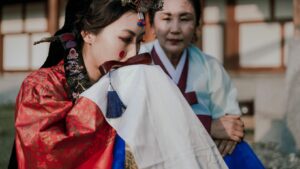 Korean traditional weddings, known as “gyeolhon,” embody age-old customs and cultural symbolism. These ceremonies center around traditional elements that highlight the deep-rooted values of Korean culture.
Korean traditional weddings, known as “gyeolhon,” embody age-old customs and cultural symbolism. These ceremonies center around traditional elements that highlight the deep-rooted values of Korean culture.
- Hanbok Attire: Couples don hanboks, traditional Korean garments. Hanboks are recognized for their vibrant colors and elegant lines, symbolizing purity and vitality. The bride’s attire often includes a “jeogori” and a full skirt known as “chima.”
- Paebaek Ceremony: This ceremony stands as a central part of the wedding. Couples perform bows to their parents as a sign of respect and gratitude. The family offers dates and chestnuts, symbolizing fertility and prosperity.
- Jung-joong-jae: During this part of the ceremony, the bride and groom are seated together, symbolizing their formal commitment. It reinforces the union of their families and the new journey they embark on together.
Traditional Korean music and dance enhance the festive atmosphere. The presence of instruments like “buk” and “gayageum” adds a melodious touch to the event. These weddings seamlessly blend tradition with contemporary influences, reflecting evolving cultural dynamics. Despite changes, the essence of unity and familial bonds remains a cornerstone of Korean traditional weddings.
Historical Significance
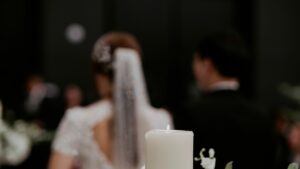 Korean traditional weddings, or “gyeolhon,” hold deep historical significance shaped by centuries-long customs and societal values. These ceremonies trace back to the Three Kingdoms period (57 BC–668 AD), reflecting Confucian ideals. Family hierarchy and filial piety were central, reinforcing the importance of family and community bonds. The bride and groom’s roles affirmed communal obligations, symbolizing a union not just of two individuals but of families and clans.
Korean traditional weddings, or “gyeolhon,” hold deep historical significance shaped by centuries-long customs and societal values. These ceremonies trace back to the Three Kingdoms period (57 BC–668 AD), reflecting Confucian ideals. Family hierarchy and filial piety were central, reinforcing the importance of family and community bonds. The bride and groom’s roles affirmed communal obligations, symbolizing a union not just of two individuals but of families and clans.
During the Joseon Dynasty (1392–1897), weddings became elaborate affairs filled with symbolism and ritualistic procedures. Ceremonies followed strict protocols, with elements like the “janggun” and “honjeon” rituals ensuring harmony and prosperity. The use of traditional motifs, such as cranes and peonies, conveyed wishes for longevity and happiness. This era solidified many practices still evident in modern ceremonies.
Korean weddings also played a role in cultural transmission, preserving language and customs through generational participation. They embodied societal shifts, adapting to external influences while retaining core traditions. Through centuries, these weddings have maintained their essence, celebrating familial unity and cultural continuity even in contemporary contexts.
Key Rituals And Traditions
In Korean traditional weddings, key rituals and traditions create a deeply meaningful experience for the couple and their families. Each ceremony and activity emphasizes cultural heritage and family connections.
Pre-Wedding Ceremonies
Pre-wedding ceremonies involve intricate preparations that emphasize harmony and fortune. The “ham,” a wooden wedding chest, is delivered to the bride’s home by the groom’s friends. It contains symbolic gifts, such as red and blue fabric representing yin and yang. Additionally, a “gobaeg,” or letter expressing commitment, accompanies the ham, showcasing the groom’s sincerity.
Wedding Day Activities
Wedding day activities center around rituals that symbolize unity and respect. The “jeonanrye,” a ceremony where the groom presents the kireogi, signifies loyalty. Following this, the “cheonjiin,” a shared drink ritual, unites the couple’s spirits. The “paebaek” concludes the day, allowing the couple to receive blessings from elders through symbolic bowing and exchanges of dates and chestnuts, fostering bonds and conveying familial support.

